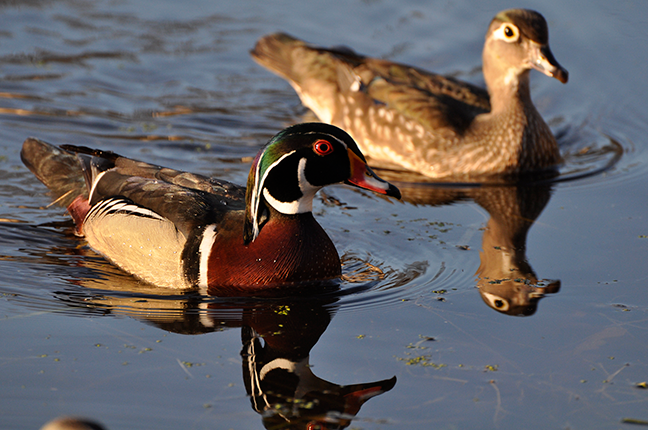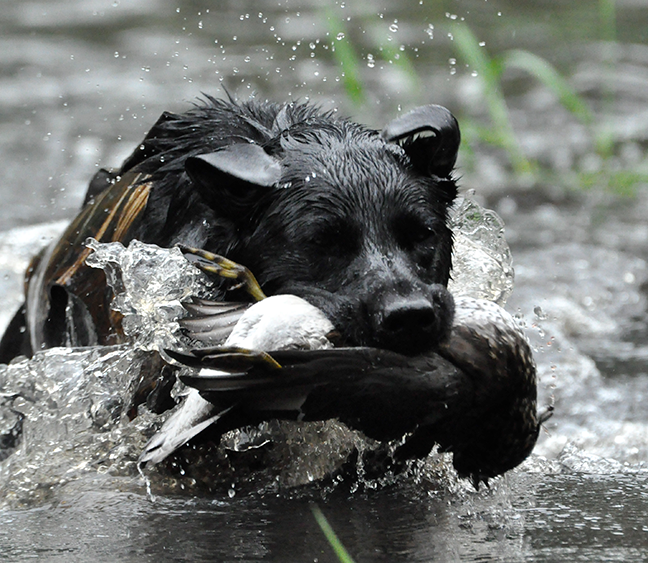Not every morning in the blind needs to result in a limit.
Perhaps my attitude toward duck limits comes from my pedigree as a bowhunter, where success during any given day afield is far more the exception than the rule. I'm just not hung up on posting big numbers in the duck blind. Don't get me wrong – I love limiting out, but it's not a necessity for me and is not how I judge the success of my hunts.I don't care that much; I just love to hunt. And so does my Lab, and while she would definitely choose more retrieves than fewer, she takes whatever she can get. This is why I'm really into scouting different kinds of duck water.
Naturally, we all want that big-water point of reeds we can tuck into and intercept a myriad of duck species throughout the entire season, but that is just the kind of spot that takes a lot of work to find – and hunt – and isn't conducive to an hour-long sit at first light.
Knowing this, I keep an open mind and my eyes peeled for easy-to-hunt small-water spots that are perfect for short hunts, which don't require a trailer-load of decoys and gear.
Teal & Woody Hideaways
The smallest water that ducks will hit is pretty small, but it's also going to limit the types of ducks that circle overhead. The early-season, where one-duck hunts shine, is all about the teal and wood ducks. Sure, you might get lucky and have a few resident mallards pitch down, but you're not going to have crazy flights and eye-popping action. It's just not in the cards.The hunting can still be a blast, though, and is a great way to test out the steadiness of your retriever in the process. Before all that, you've got to identify the right situations in which to hunt.

While it's not much to look at – on paper or in person – it sure is fun to sit on at sunrise because during pretty much every sit you're going to get a chance at a few woodies, and occasionally, mallards. The setup is a two-decoy operation, where my dog and I can get a little fix in the morning and still be home with a duck or two before the day is really going. For the times when it's mid-week and I'm not into the work of bigger water and spreads, that little pond is perfect.
Easy, But Not Too Easy
The thing about a hunt like this is it's got to produce ducks, but not be so easy that everyone with a semi-auto and a Lab will know about it. I find most of these types of spots through aerial photography and then confirm them by slipping in to scout on foot. It doesn't take long to look at a waterway or slough and decide if there are a few good locations to sit.
I've got one new spot in northern Wisconsin that looks like it should be a wood-duck magnet that I can't wait to sit. It's an L-shaped pond tucked into the timber near a good-sized flowage, so I know it should draw some birds. It's also got high banks and quite a few trees that my Lab and I can tuck into for cover. It won't be the kind of hunt where I'll need three boxes of shells, but it should be a productive place to spend an hour or two when I'm crunched for time and still really want to hunt.
没有评论:
发表评论